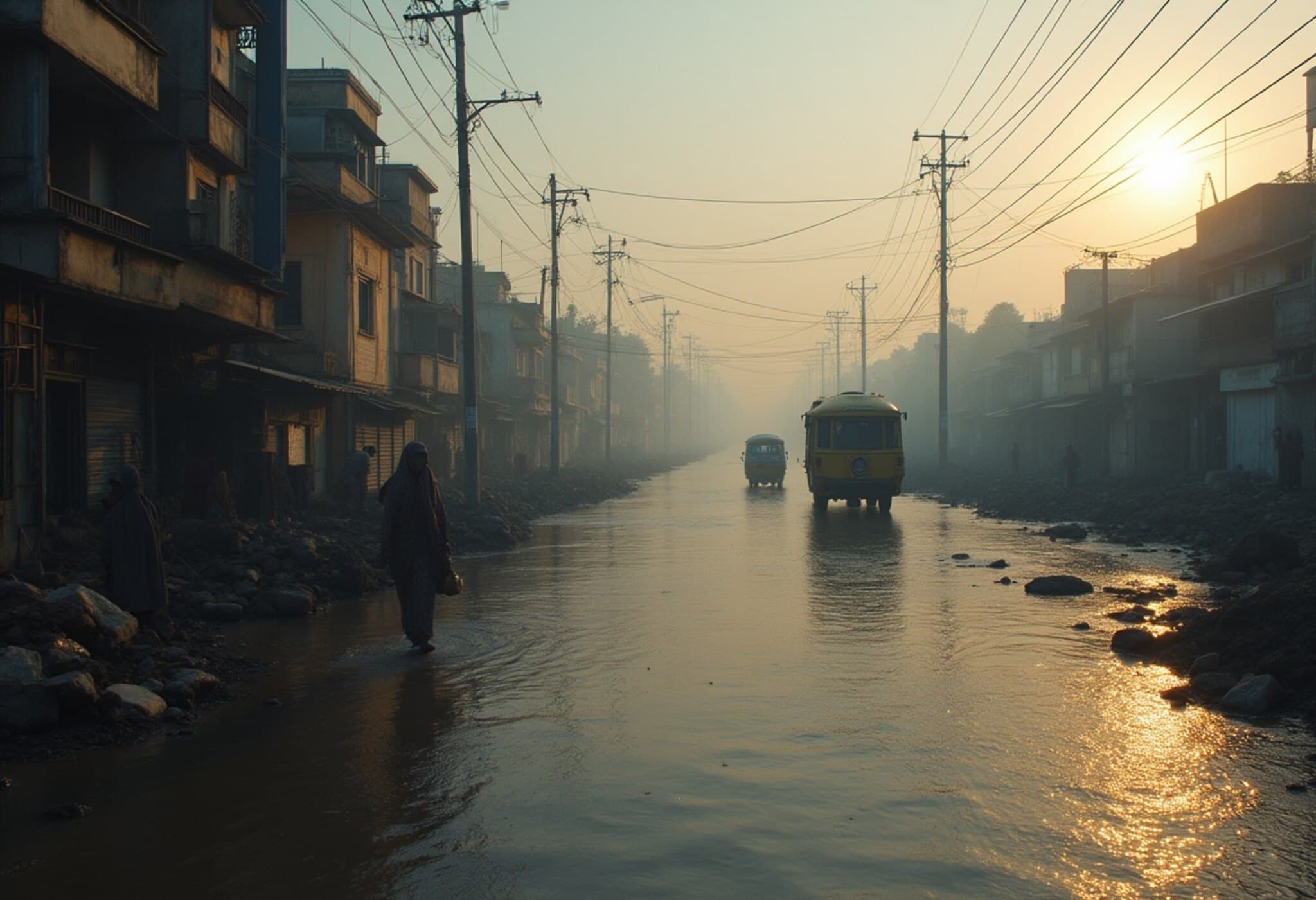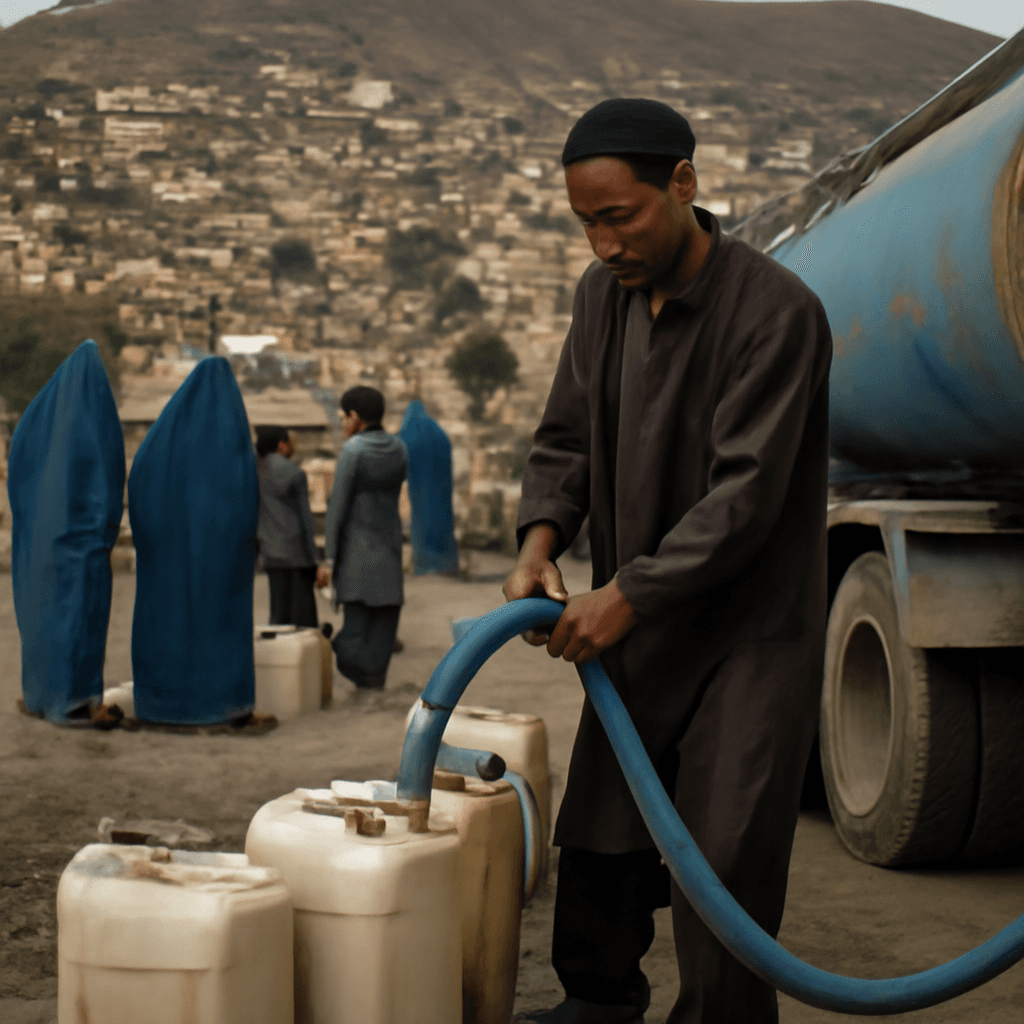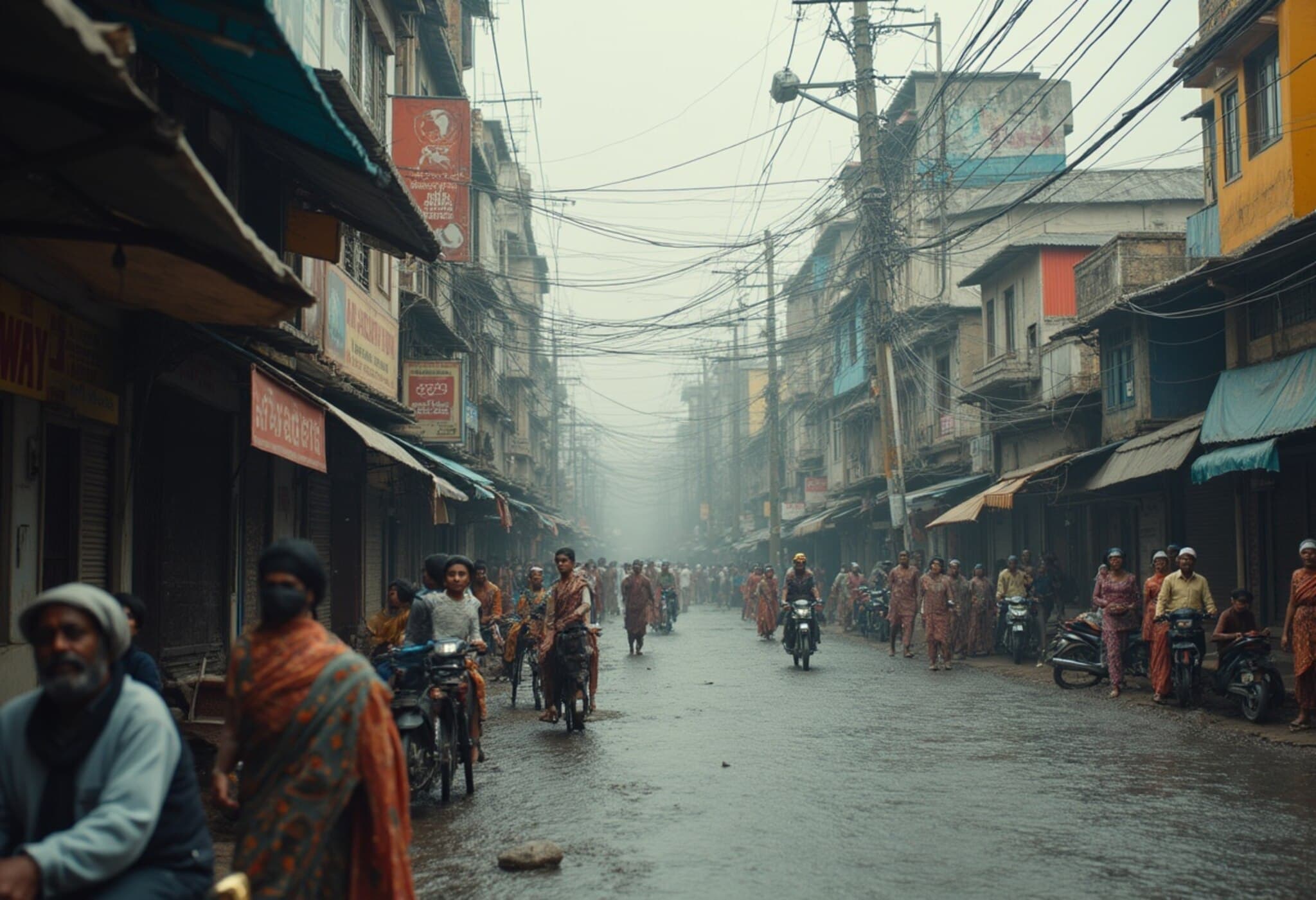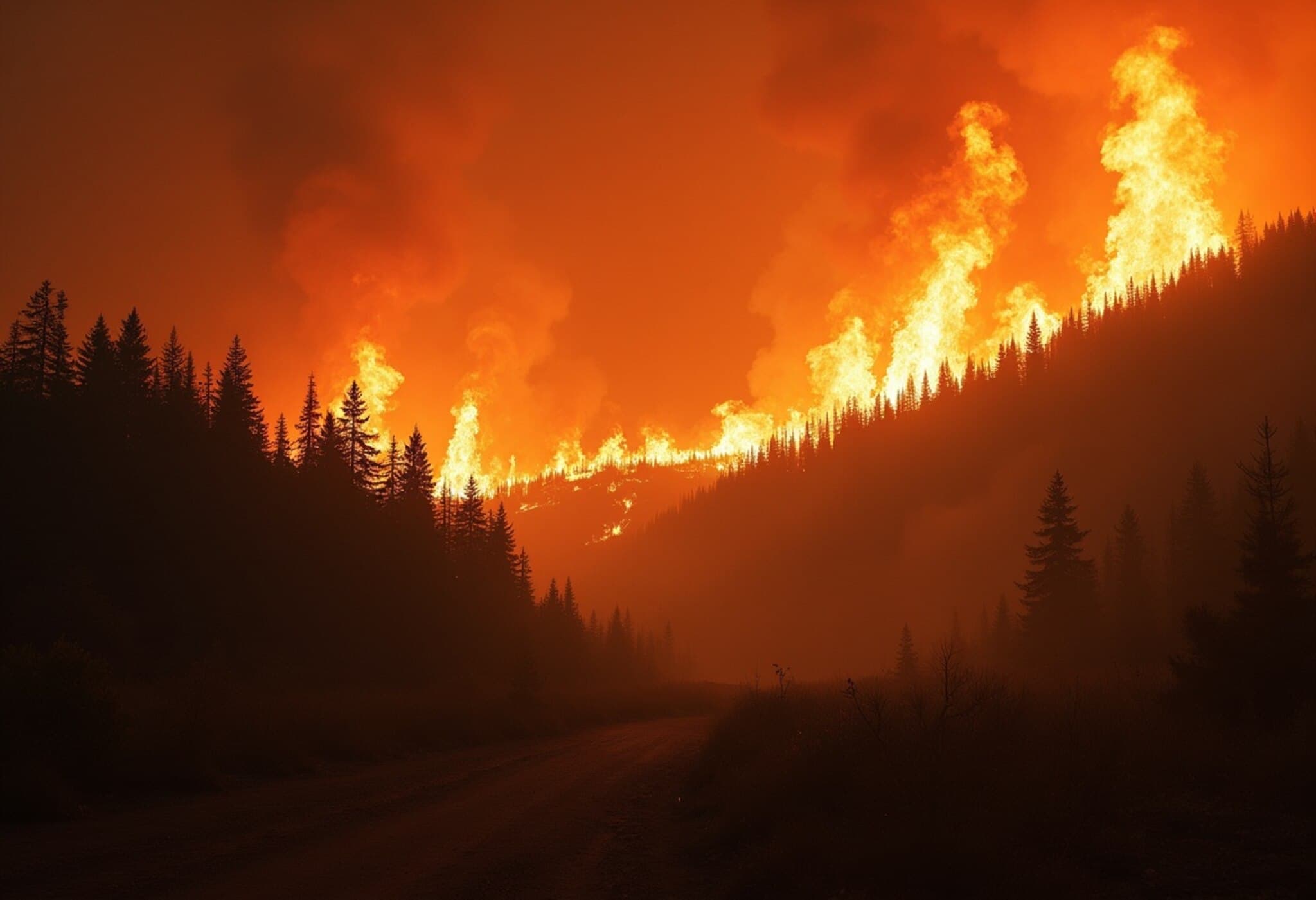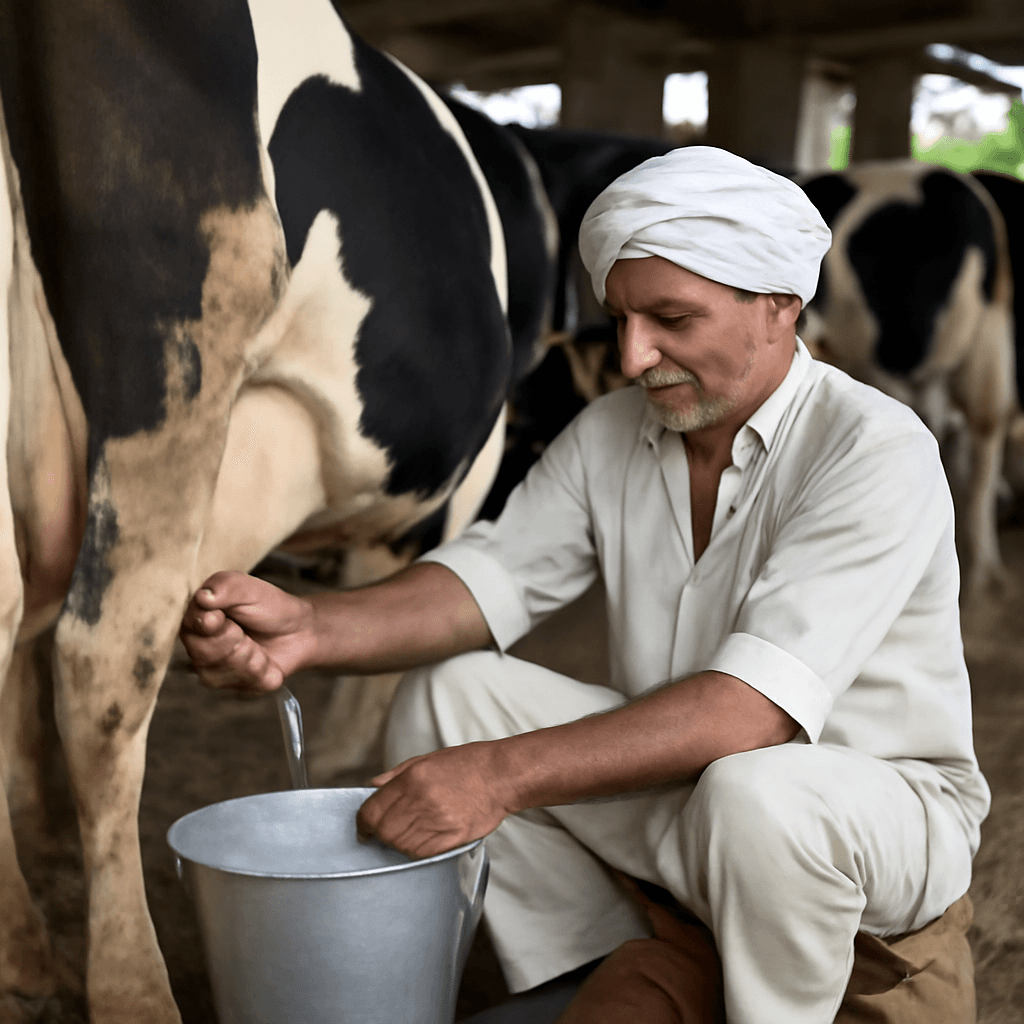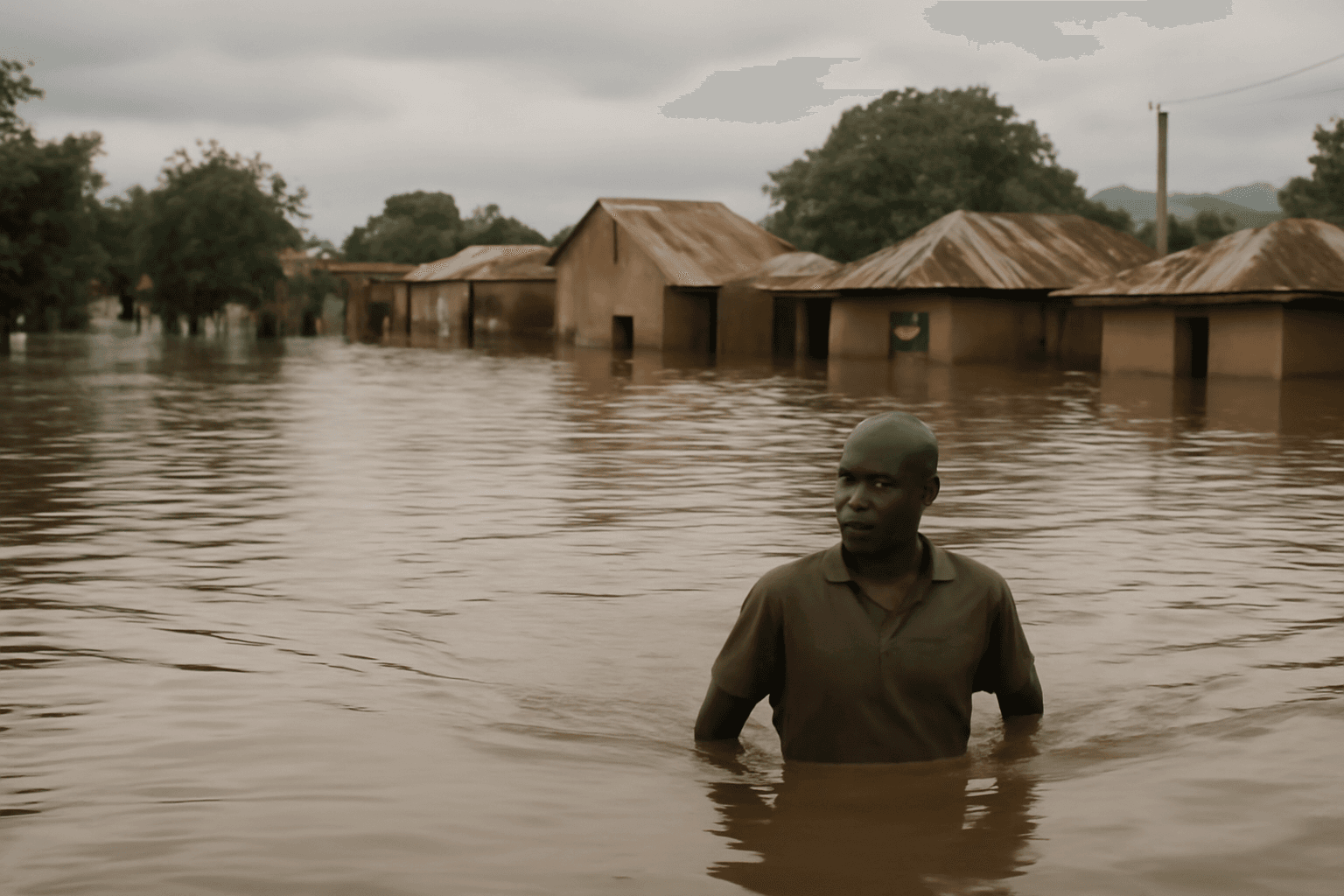World Bank Report Highlights Urgent Climate Risks for Indian Cities
Indian urban centers are poised to become the powerhouse of job creation by 2030, generating an estimated 70% of all new employment. However, this rapid urban growth comes with a daunting caveat: a potentially massive economic hit due to climate-induced flooding and extreme heat events.
Autonomy for Urban Local Bodies: A Key to Climate Resilience?
At the heart of the World Bank’s newly released report, developed in conjunction with India’s Ministry of Housing and Urban Affairs, is a compelling argument for increased autonomy of Indian cities. Auguste Tano Kouame, the World Bank’s Country Director for India, emphasized that granting cities more control over their governance and finances significantly improves their ability to adapt and respond to climate change risks.
The report underscores the incomplete implementation of the 74th Constitutional Amendment Act of 1992, which constitutionally empowered Urban Local Bodies (ULBs) to self-govern and make critical decisions. Despite its promise, many states have yet to fully embrace this decentralization, stymieing the ability of cities to raise resources, monetize assets, and build resilience.
“Cities with greater autonomy have consistently outperformed others in managing resources and accountability, which is essential for tackling climate threats,” Kouame noted.
Urbanization Meets Climate Vulnerability
India’s urban population is projected to nearly double, reaching 951 million by 2050. This transformation drives economic opportunities but also ushers in heightened exposure to climate hazards, particularly flooding and extreme heat.
Flood Risks: Cities are expanding into flood-prone regions, often exacerbated by increased paving and concrete infrastructure that limit natural water absorption. The report warns that annual losses due to pluvial (rain-related) flooding could climb to $5 billion by 2030 and surge to $30 billion by 2070 if adaptive investments aren’t made.
To tackle flood risk, an estimated $150 billion investment over the next 15 years would be necessary to support flood resilience in approximately 60% of India’s high-risk cities.
Extreme Heat and Urban Heat Islands: Based on longitudinal data from ten major Indian cities, heat stress exposure has risen by 71% between 1983-1990 and 2010-2016. Compounded by the urban heat island effect—where concrete trapping heat results in warmer nights—the risks to public health intensify.
The grim projection: heat-related deaths could soar to more than 300,000 annually by 2050 without intervention. Yet, the report highlights actionable solutions such as adjusting work hours, enhancing urban greenery, implementing early warning systems, and promoting cool roofing, potentially saving over 130,000 lives.
Strategic Recommendations for Policymakers
- Boost Private Sector Involvement: Encouraging investment from private players to supplement public financing for resilient infrastructure.
- Create Financing Roadmaps: Structured plans to channel funds towards climate adaptation and mitigation efforts in urban areas.
- Enhance Municipal Capacities: Standardizing and strengthening skills and technology for city administrations.
- Localized Risk Assessments: Implementing city-specific evaluations to prioritize interventions.
- Promote Devolution of Powers: States to tailor governance autonomy for cities to unleash innovative climate solutions.
Expert Insight: The Intersection of Governance and Climate Action
This report sheds light on a vital yet often overlooked facet of India’s climate challenge—the governance model at the city level. Urban local bodies are the frontline defenders against the escalating threats of floods and heatwaves, yet their constrained powers hamper swift, context-sensitive action.
From an American policy perspective, where city autonomy has long been a cornerstone for urban innovation and emergency responsiveness, India stands to gain considerably by deepening decentralized governance. The ability of cities to craft localized policies, mobilize funds, and foster public-private partnerships is essential to not only protect billions in assets but also safeguard human lives in the world’s fastest-growing urban landscape.
Looking Ahead: Balancing Growth with Resilience
The World Bank’s report is both a wake-up call and a roadmap for India’s urban future. As cities strive to become engines of economic prosperity, their resilience to climate shocks will determine whether growth is sustainable or shattered by preventable disasters.
Investing $2.4 trillion by 2050 into climate-resilient infrastructure is no small feat but is critical to preserving livelihoods and urban ecosystems in the decades to come.
Editor’s Note
As India’s cities become global employment hubs, their struggle to balance rapid growth with climate risks underscores a universal challenge: how to empower local governance structures effectively. This report raises important questions about decentralization, financing, and strategic urban planning needed to weather the coming climate storm. For policymakers, entrepreneurs, and citizens alike, the call is clear—resilience must be deeply embedded in urban development to protect both the economy and human life.

